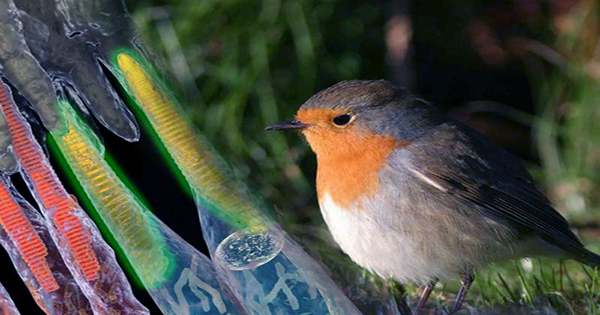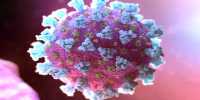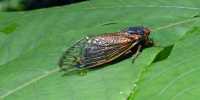In the age of smartphones, finding a home has never been easier, but for animals that have become digitally dependent; some beautiful Nifty adaptations have emerged for navigation. Some of the best migratory birds, which travel extensively in nesting fields and warm peaks year after year, and long been suspected of playing an integral role in helping the Earth’s magnetic field work wherever they go.
Now, new research believes that the mechanism that implies this magnetic sensor has cracked which reveals that a lot of things go into the bird’s eye sight. Published in the journal Nature, the study’s insights rely on early success in the production of the photoactive protein cryptochrome 4 (CRY4).
These molecules are found in the retinas of birds but have not yet been made in any lab. Xu was able to produce CRY4 of several bird species by extracting its genetic code and mixing it with bacterial cell cultures to uncover a uniform copy of bird proteins. Once the team arrived at Cryptochrome 4, they enlisted the help of magnetic resonance and optical spectrum to uncover the secrets of the protein and establish whether it was really sensitive to Earth’s magnetism.
They uncovered the CRY4 proteins of European robins, the nocturnal migratory birds, in abundant magnetic fields and found that it was truly magnetically sensitive in vitro while chickens and pigeon retinas (two non-migratory birds) were much less sensitive. The difference between the retinal proteins of birds was pinned to site-specific mutations in Robin’s genetic code that shaped the role of four flavin-tryptophan radical pairs in CRY4. The magnetic sensitivity in the bag, they later wanted to establish how this retinal protein could relay information to the bird, after all, if you don’t see it, it’s no use having a compass.
Looking at Robin’s CRY4 behavior on a computer, they found that field changes are reflected in the movement of single electrons within a protein, a scientific observation that is rare in quantum mechanics. This minute movement changes the protein response products that are carried by the neurons.














